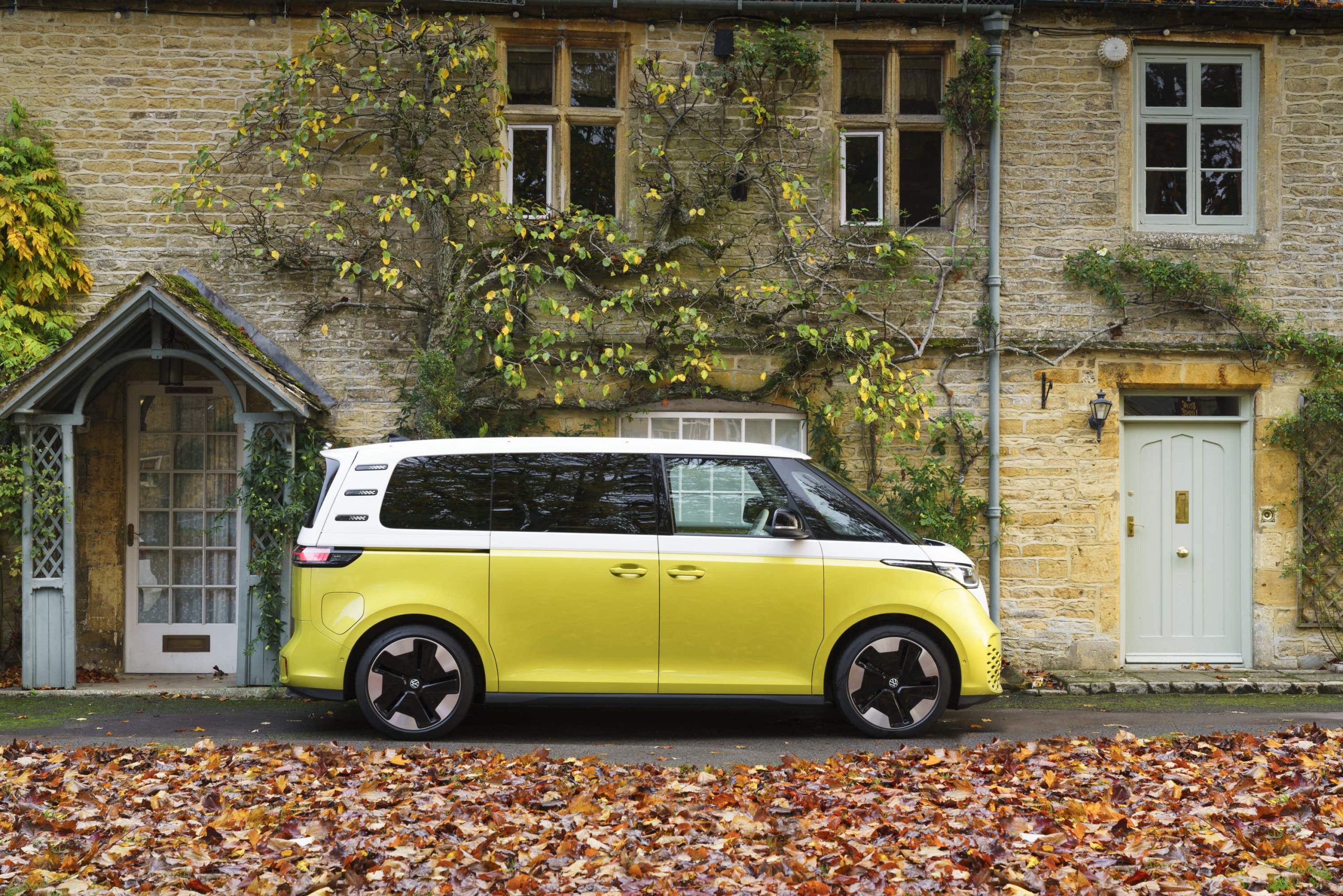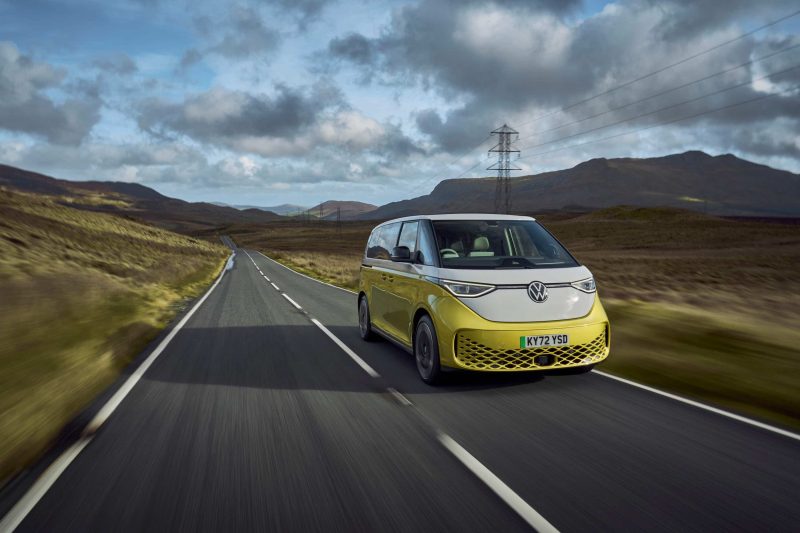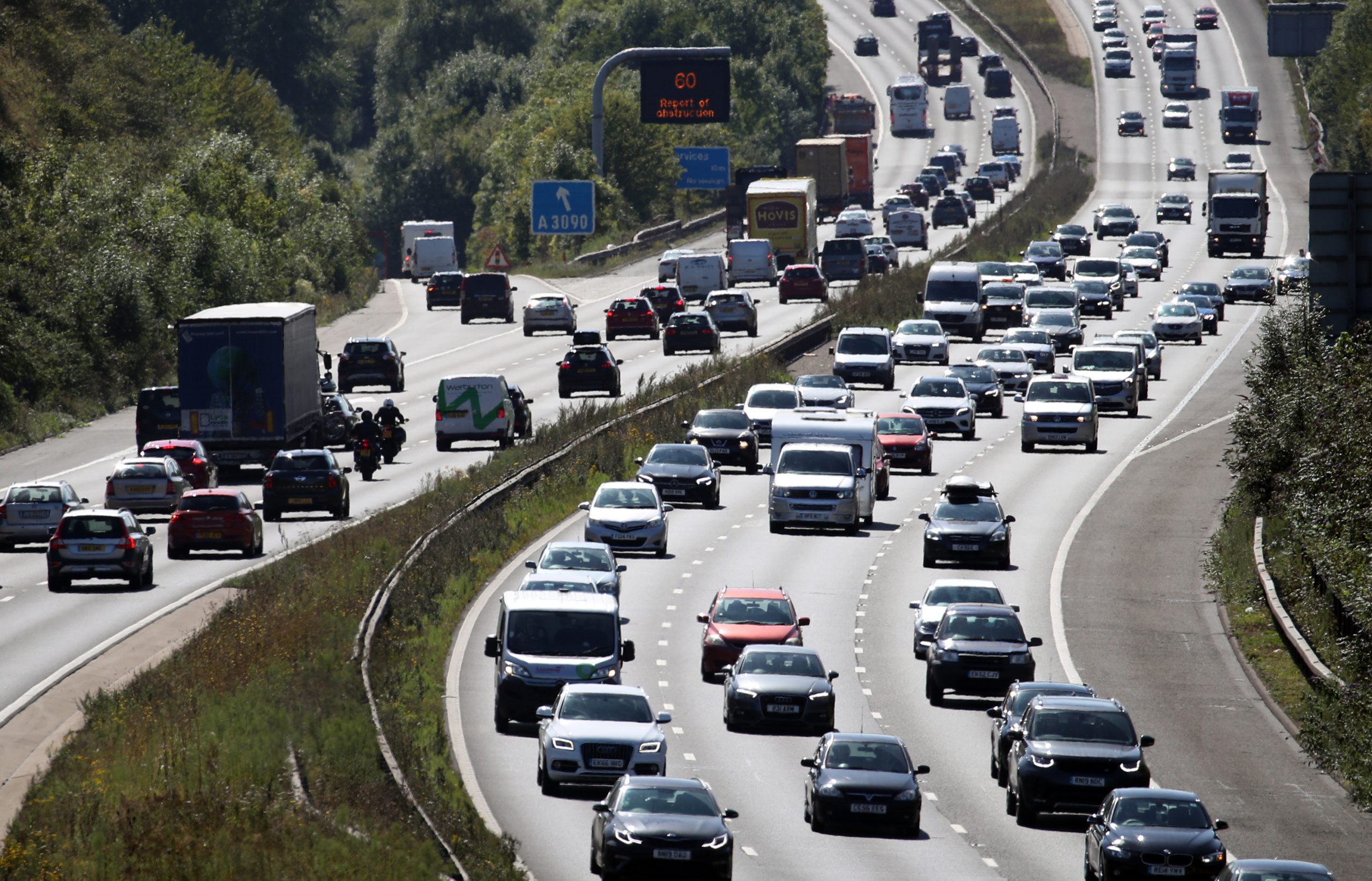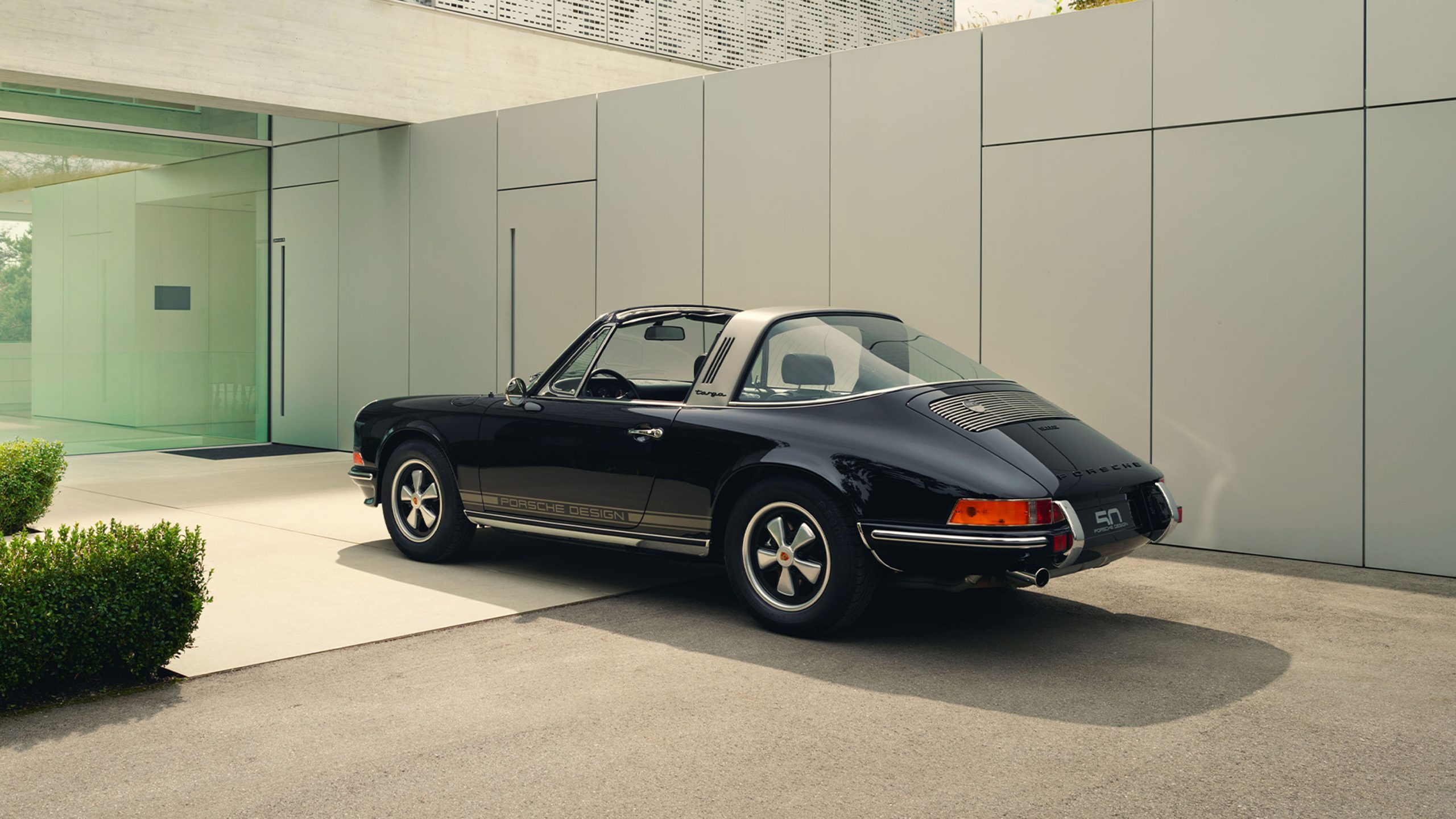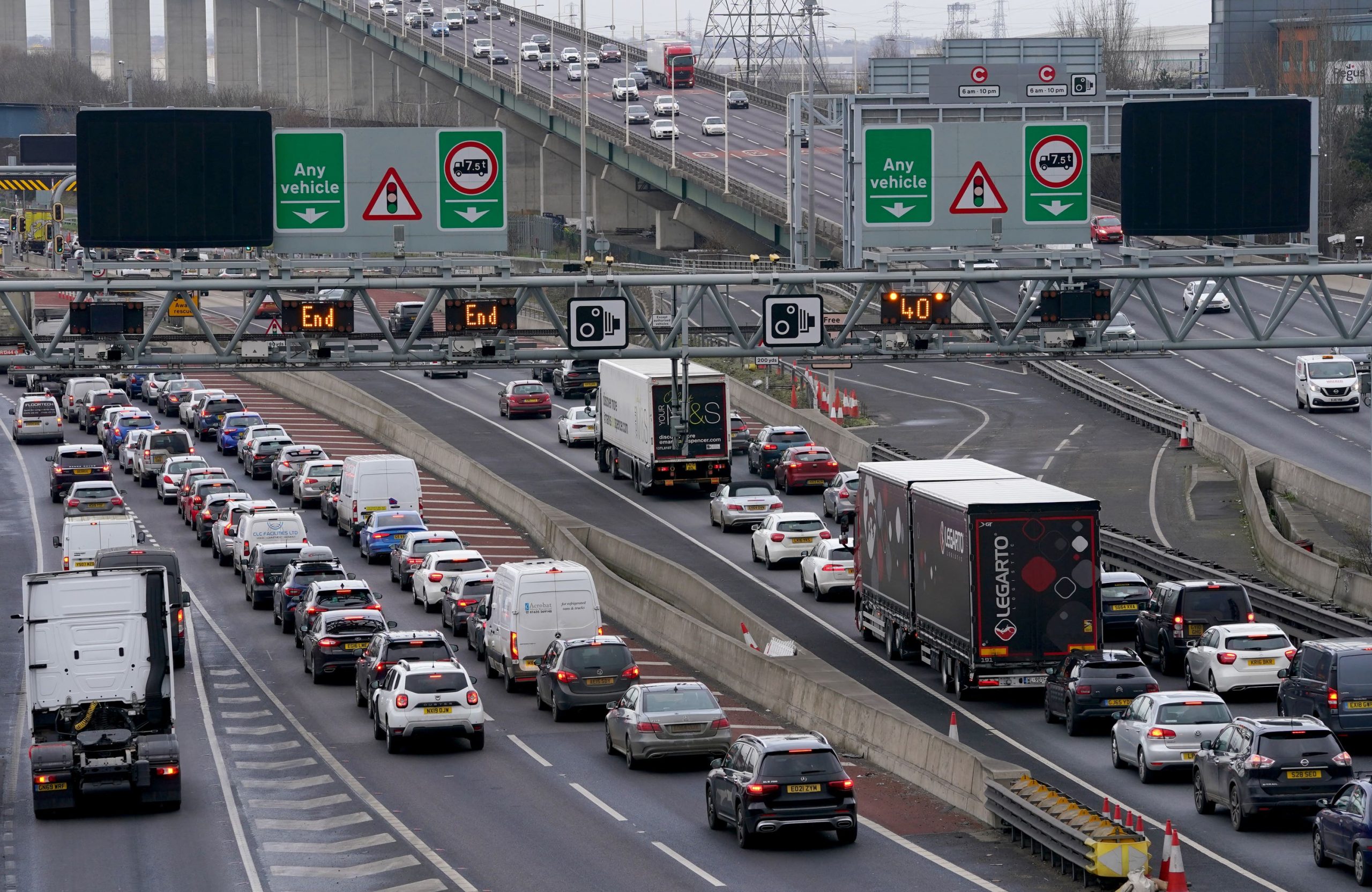The new BMW M4 is only the third car to ever wear that famous three-letter CSL badge. Jack Evans finds out what it’s like.
What is it?
The BMW E46 M3 CSL went down in history as one of the all-time great performance cars. Produced in 2003, it achieved almost mythical status due to its poise and its considerable weight loss compared with the standard M3. In fact, BMW had only applied the CSL badge – which stands for Coupé Sport Leichtbau, or Coupe, Sport, Lightweight – to one other car, the famous ‘Batmobile’ of the late 70s, until now that is..
The new M4 CSL arrives in the same year that BMW celebrates its 50th birthday. Adopting the same lightweight ethos as its forebears, is this the car to pick up the original E46’s mantle? We’ve been finding out.
What’s new?
As you might imagine, something with ‘Lightweight’ in its name means that bulk-shedding is at the core of what this M4 is all about. So you’ll find that much of the car’s panels are now made from carbon fibre reinforced plastic (CFRP) – the bonnet and boot are both almost comically light – while the rear seats have been removed entirely. There’s a titanium exhaust system, too.
All in, it’s 100kg lighter than the regular M4 Competition. You think that BMW could’ve pushed further with the weight-saving measures, but this would have come at the cost of everyday usability. This is a road car, after all.
What’s under the bonnet?
As you might expect, the CSL gains a slight uplift in power over the standard M4. It’s got the same 3.0-litre twin-turbocharged straight-six engine, of course, but power has been upped by 40bhp over the regular model to 543bhp, while torque stands at 650Nm – the same as the standard M4 Competition.
Zero to 60mph? That’ll take 3.5 seconds while BMW claims that you’ll hit a top speed of 170mph should you have the legal space and ability to do so. Of course, outright efficiency isn’t the name of the game for a car like this, but fuel economy of up to 28.8mpg isn’t that bad, nor are CO2 emissions of 222g/km.
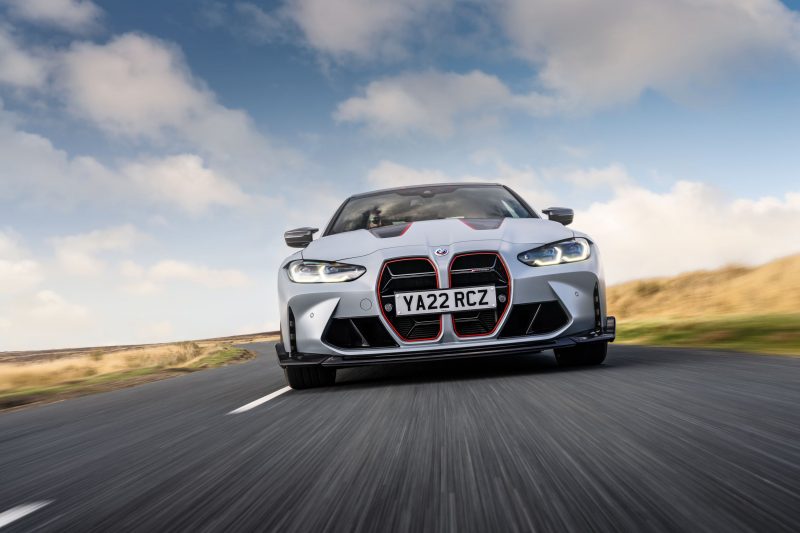
What’s it like to drive?
The M4 CSL is an aggressive-looking thing, so you do approach driving it with a little trepidation. However, during normal driving this is one well-mannered performance car – it even rides reasonably well, though there’s some to-be-expected stiffness which is part and parcel with a car like this.
The engine remains wonderfully flexible and properly punchy. It’s also got a lot more character than the standard car’s thanks to that new titanium exhaust with a deep, metallic howl coming at big applications of the throttle. It feels sharp and direct when it comes to steering, too, and changes direction in an assertive way. It’s not so overly sharp that it becomes tiresome to use the M4 CSL as a proper road car, mind you; you still wouldn’t mind using this for more mundane trips.
How does it look?
As we’ve already touched upon, the M4 CSL’s design is imposing to say the least. Only 1,000 will be made – of which just 100 will be coming to the UK – but there’s no danger of these limited-run cars being mistaken for anything else. There’s the eye-catching stripes, along with the variety of red accents which run around the edges of areas such as the kidney grilles.
The rear design is particularly strong, to our eyes. There’s a neat ducktail spoiler which not only helps to differentiate the CSL from a standard M4, but also ties it to the E46 model which incorporated a similar design touch. You’ve also got BMW’s ‘50 years’ heritage badges which look pleasingly different to the traditional roundel that we’re all familiar with, though they do carry a £300 price tag.
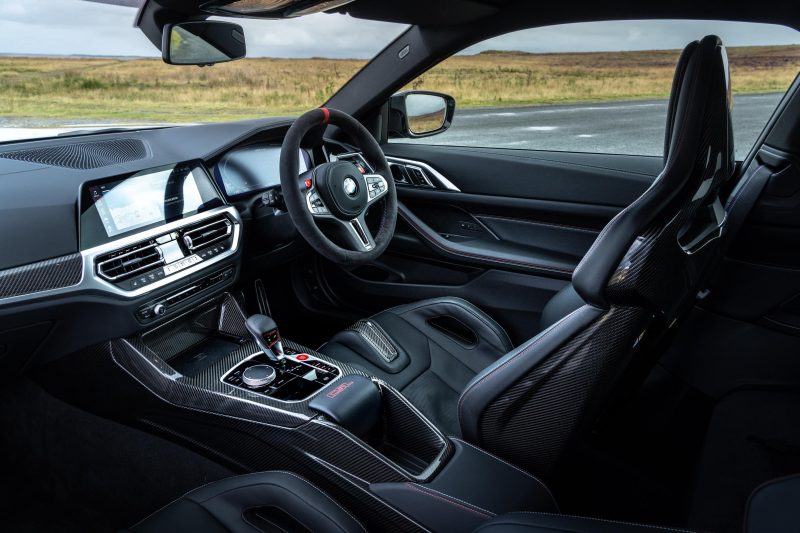
What’s it like inside?
BMW has stripped out the M4 CSL’s interior, but things haven’t gone too extreme. So while the carbon bucket seats look dramatic and racing car-like, they’re still heated and electrically adjustable. You’ve also got air conditioning and a full infotainment system, so this is far from a hardcore racer.
As mentioned, there aren’t any rear seats. Instead, there’s a netting area which BMW says can be used to store racing helmets. That said, it’s just as useful for putting bags or shopping. So even though you can’t bring two passengers in the rear, at least you’ve got plenty of space for your overnight bag or coats.
What’s the spec like?
At £128,225, the M4 CSL is a good deal more expensive than the standard M4 Competition, which starts at £83,940. You get largely the same level of equipment in the pair, too, such as BMW’s widescreen infotainment system, cruise control and air conditioning.
But the bulk of that extra cost is going into what’s happening underneath the CSL. It’s the extra bracing, the revised suspension and the tweaked engine. It’s the range of lightweight parts and the vast use of that CFRP material. Plus, you could argue that the residuals of the CSL will be particularly strong due to its limited nature, so that initial investment will no doubt prove itself over time.
Verdict
The M4 CSL isn’t a car with its sole focus on the circuit. Yes, it’ll be superb at setting lap times, but it’s also a car that can be thoroughly enjoyed on the road, too. It’s sharp, focused yet reasonably comfortable, so it needn’t be a car that has to be trailered back and forth from the racetrack.
Is it a car that can eclipse the engagement of that original E46? Not quite, perhaps. But as an out-and-out driving experience, it’s superb.
Facts at a glance
- Model: BMW M4 CSL
- Starting price: £128,225
- Engine: 3.0-litre twin-turbocharged straight-six
- Power: 543bhp
- Torque: 650Nm
- 0-60mph: 3.5 seconds
- Top speed: 170mph
- Economy: 28.8mpg
- CO2 emissions: 222g/km


